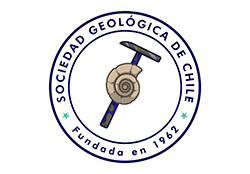AT1-20: Mechanics of caldera systems: formation, structure, monitoring, unrest.
Conveners: Matías Villarroel, John Browning. Pontificia Universidad Católica de Chile. msvillarroel@uc.cl
Description: This session seeks to showcase investigations into the deformational behaviour, sub-surface structure and mechanical properties of caldera systems and illuminate how such systems influence the emplacement and storage of magma during periods of unrest. Caldera volcanoes are responsible for some of the largest and hence most hazardous volcanic eruptions. Questions remain regarding the mechanics of caldera formation and the conditions under which calderas continue to deform and erupt over time. For example, a better understanding of the geophysical signals emanating from active calderas is important in the accurate forecasting of eruptions and hence models and observations of the stress and strain conditions leading to caldera unrest are vital. Furthermore, understanding of the underlying structure of calderas and the link to active dynamic processes is also of great importance in the prospecting and management of economic aspects of calderas, such as geothermal energy resources and ore deposits. How, for example, do the physical and transport properties of caldera faults evolve with depth? What are the mechanisms that drive catastrophic vs incremental or progressive caldera collapse? How do models of transient magma bodies reconcile with the formation of calderas?
We seek contributions that present geological observations, geophysical data, experimental data and/or analytical/numerical models and especially encourage studies that adopt novel or multi-disciplinary approaches.


